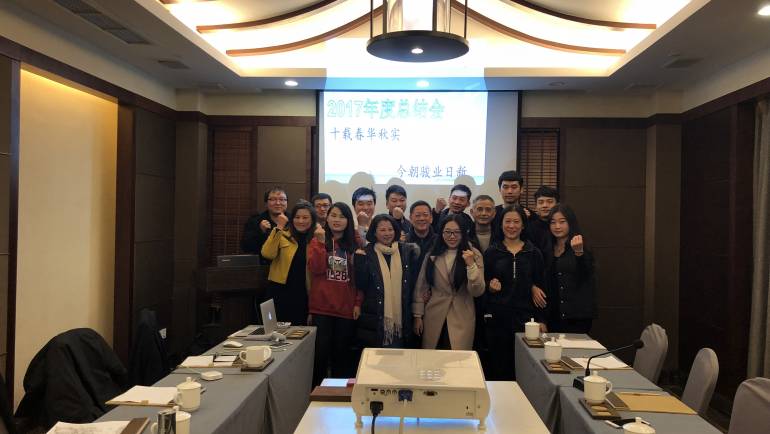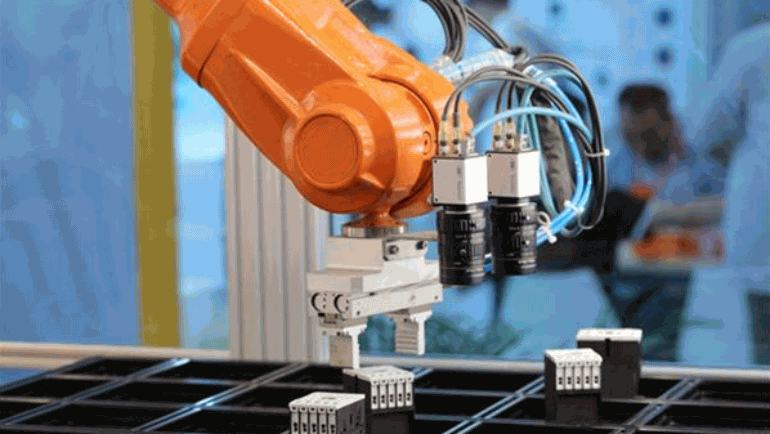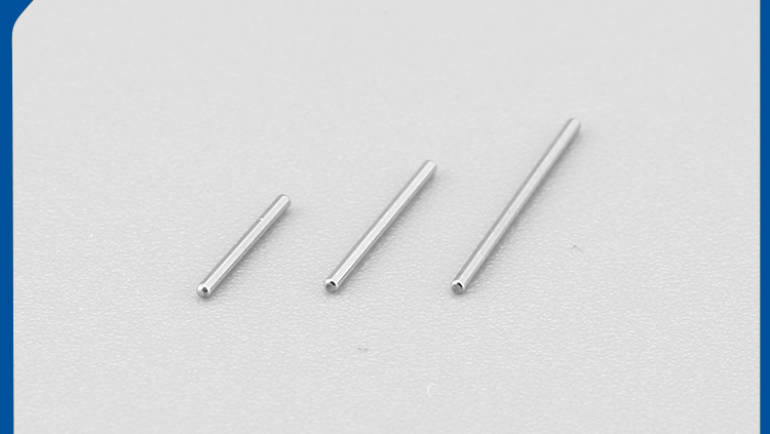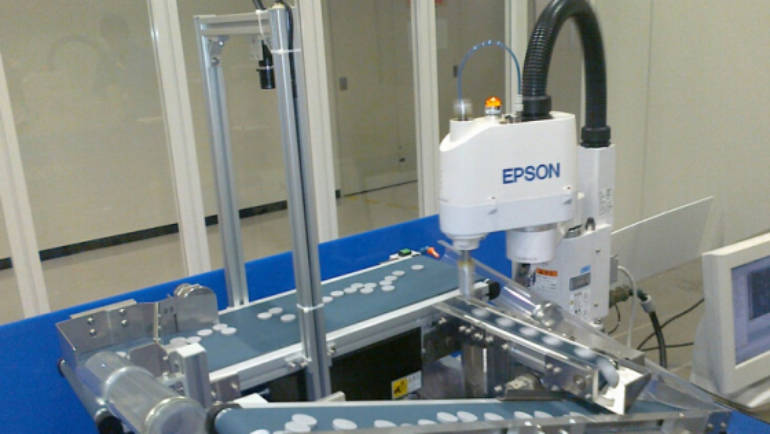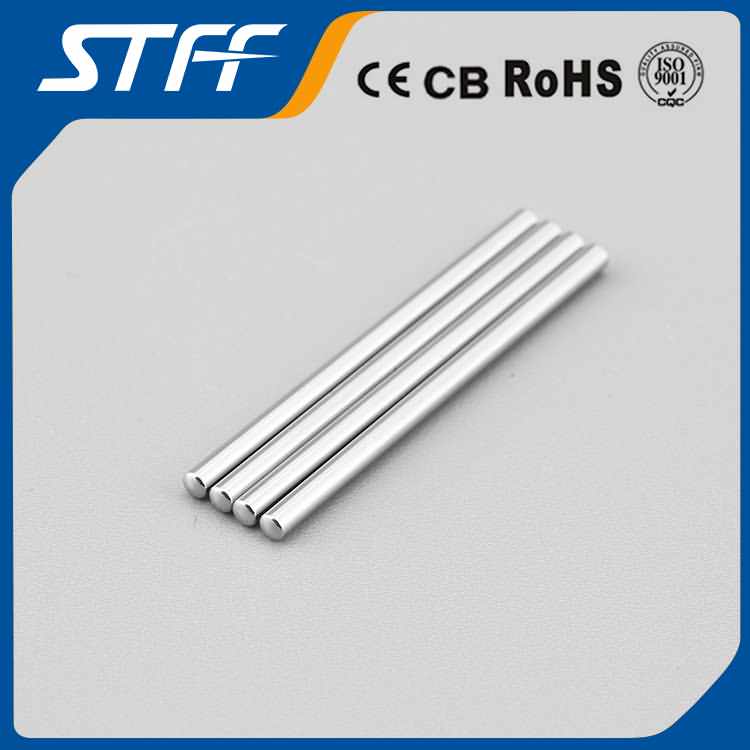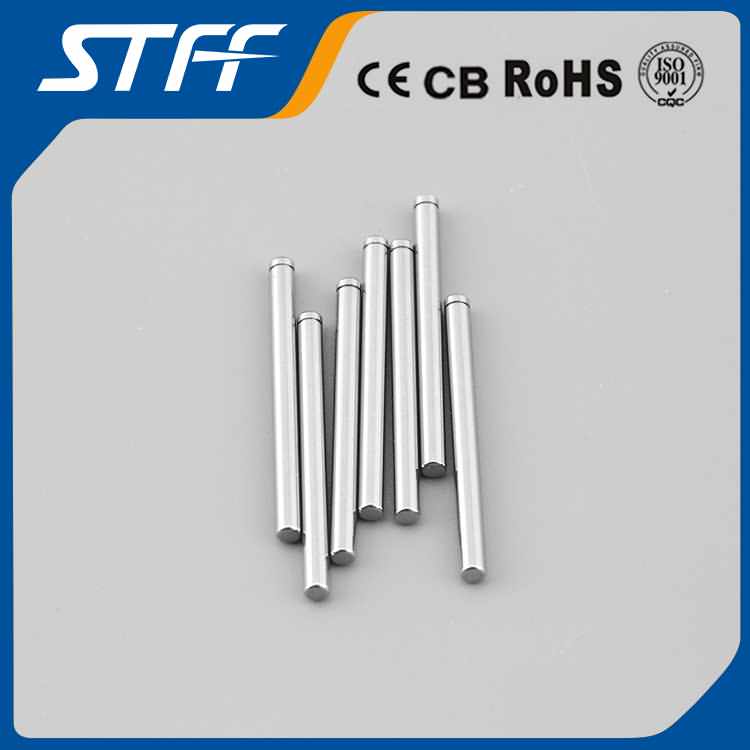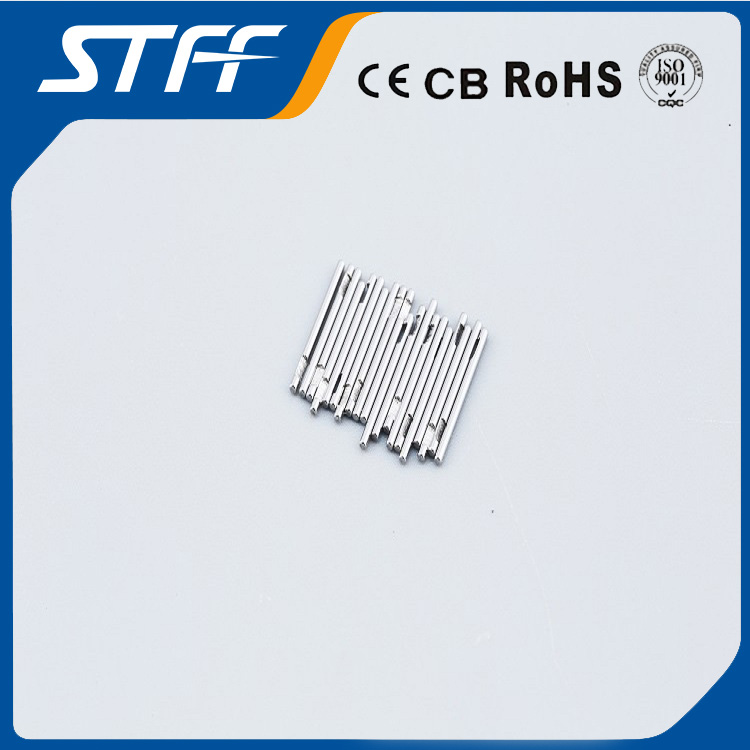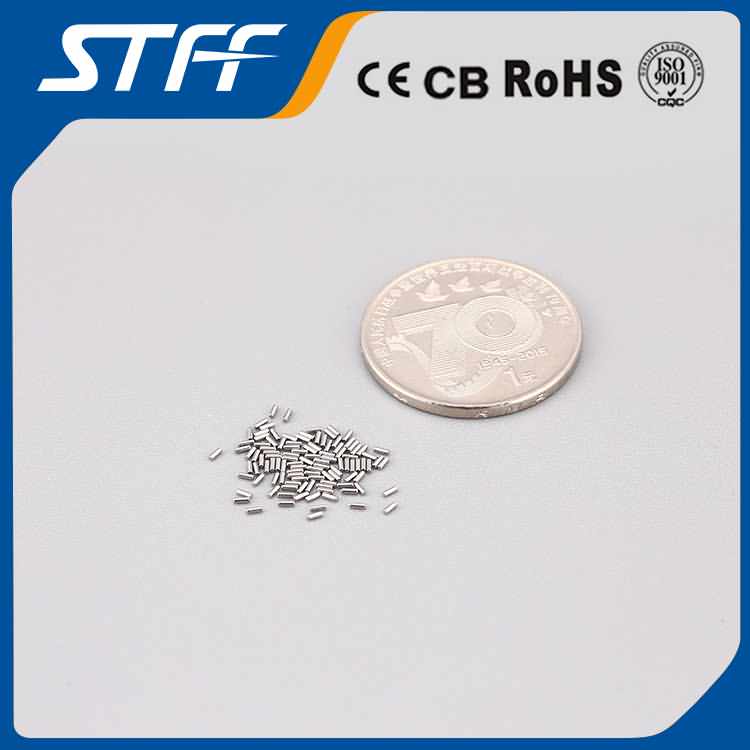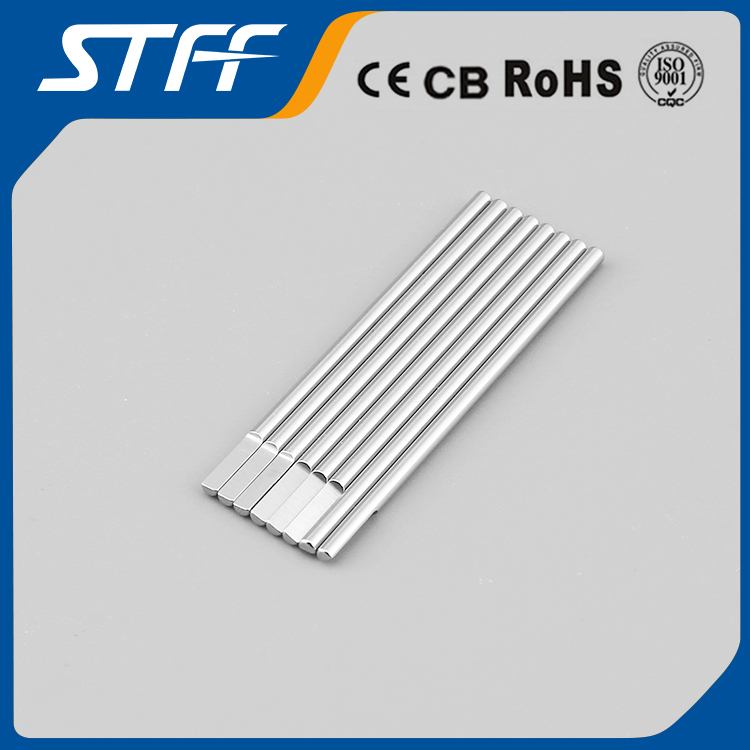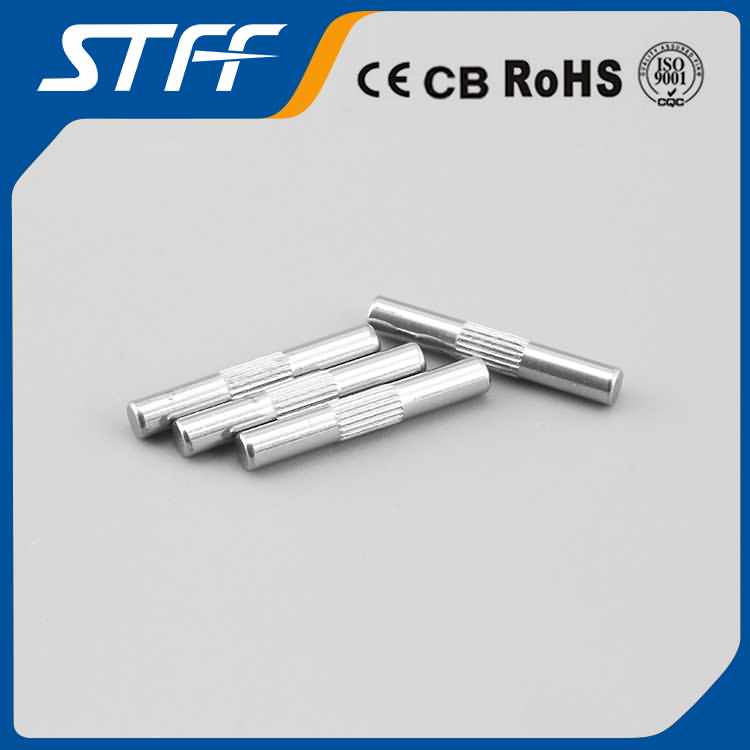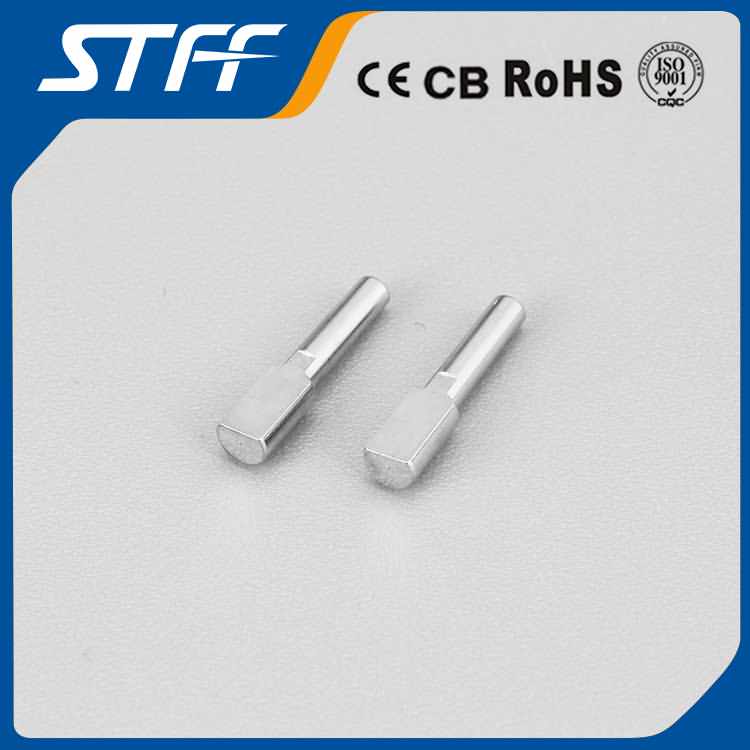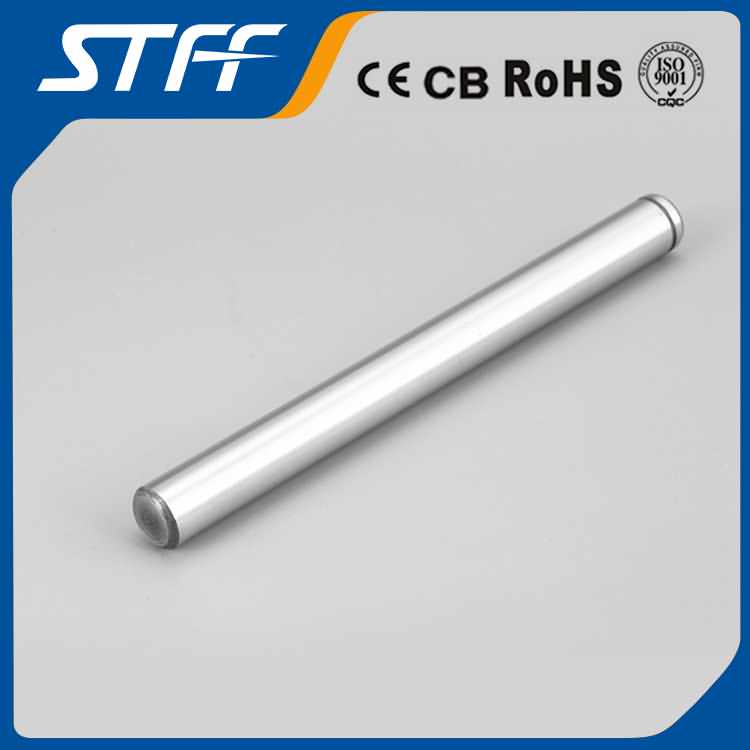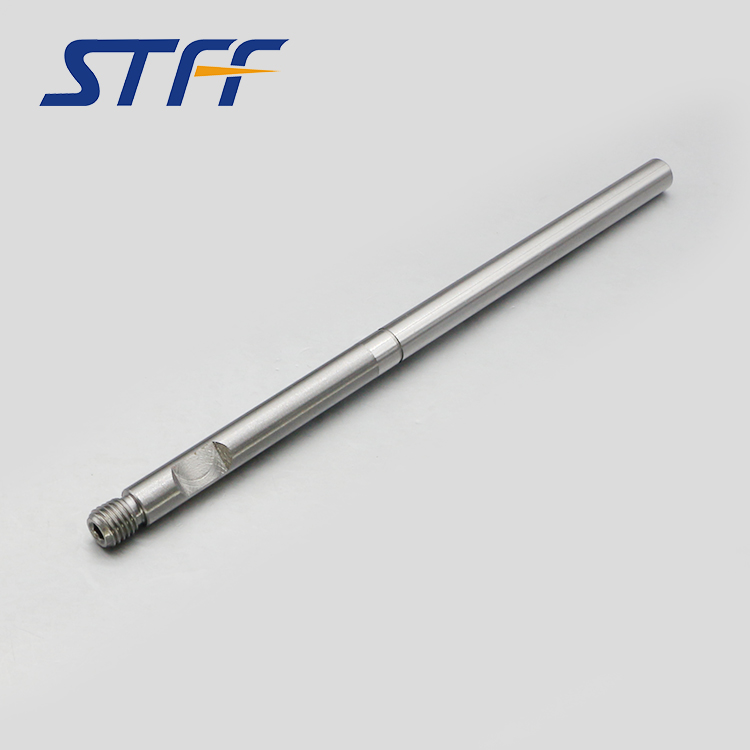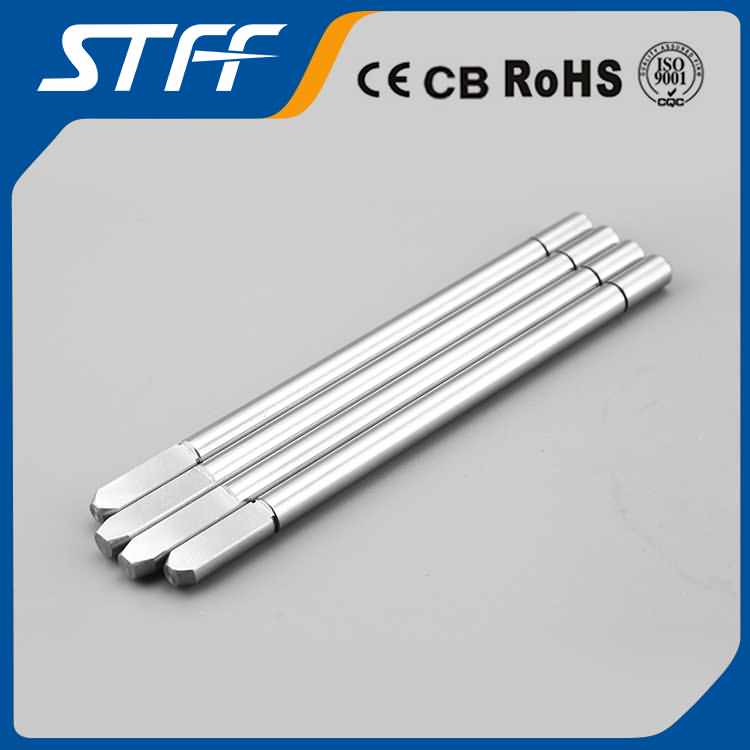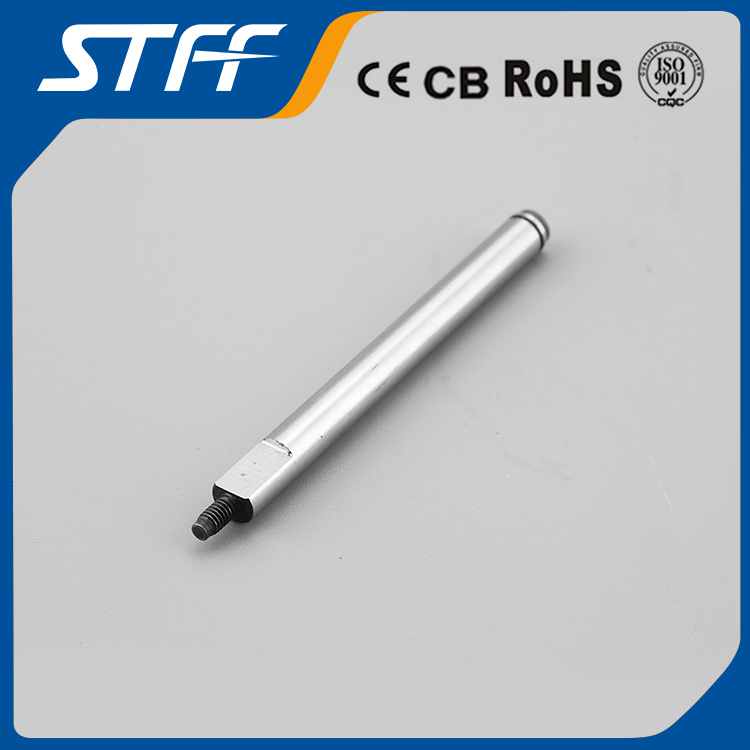CNC evolution process
CNC machine tools Digital control machine is a digital code in the form of information (program instructions), control the tool according to a given work procedures, movement speed and track for automatic processing of the machine, referred to as CNC machine tools. Features CNC machine tools with a wide range of adaptability, change the processing object only need to change the input of the program instructions; processing performance than the general automatic machine tools, you can accurately process complex surface, which is suitable for processing small batch, frequent changes, high precision , The shape of the more complex parts, and can get a good economic results. With the development of numerical control technology, the number of machine tools with CNC system is increasing. There are lathes, milling machines, boring machines, drilling machines, grinding machines, gear machining machines and EDM machines. In addition there are automatic tool change, a card for multi-process processing center, turning center and so on. A brief history in 1948, the United States Parsons to accept the US Air Force commissioned the development of aircraft propeller blade profile model processing equipment. As the shape of the template complex and diverse, high precision requirements, the general processing equipment is difficult to adapt, so put forward the idea of computer-controlled machine tools. In 1949, the company in the United States Massachusetts Institute of Technology (MIT) servo research room with the assistance of the beginning of CNC machine tools research, and in 1952 trial success of the first large-scale vertical milling machine converted from the three coordinate NC Milling machine, soon began to officially production, in 1957 formally put into use. This is a major breakthrough in the development of manufacturing technology, marking the manufacturing sector in the field of CNC machining began. CNC machining is the basis of modern manufacturing technology, the invention for the manufacturing industry, with epoch-making significance and far-reaching impact. The world’s major industrialized countries attach great importance to the research and development of CNC machining technology. At that time the numerical control device using the tube components, bulky, expensive, only in the aviation industry and other special needs of the sector used to process complex surface parts; 1959, made of transistor components and printed circuit board, the NC device into The second generation, the volume shrinks, the cost has declined; after 1960, the more simple and economical point control CNC drilling machine, and linear control CNC milling machine has developed rapidly, so that CNC machine tools in the machinery manufacturing sector gradually to promote The China began in 1958 to develop CNC machine tools, successfully trial out with a tube CNC system CNC machine tools, in 1965 began mass production with a transistor numerical control system of coordinate CNC milling machine. In 1965, the emergence of the third generation of integrated circuit numerical control device, not only small size, less power consumption, and increased reliability, further decline in prices, and

Close up of CNC machine at work
promote the development of CNC machine tools and production. At the end of the 1960s, there was a direct numerical control system (DNC), which is controlled by a computer directly to control multiple machines. It also called group control system. The computer numerical control system (CNC), which is controlled by small computer, Small computerization is characterized by the fourth generation. In 1974, the successful use of microprocessors and semiconductor memory microcomputer numerical control device (referred to as MNC), which is the fifth generation of numerical control system. Compared with the third generation, the function of the numerical control device has doubled, and the volume is reduced to the original 1/20, the price is reduced by 3/4, the reliability has also been greatly improved. In the early 1980s, with the development of computer software and hardware technology, there were numerical control devices which can carry out man-machine dialogue automatic programming program. The numerical control device became more and more miniaturized, and could be installed directly on the machine tool. The degree of automation of CNC machine tools was further improved , With automatic monitoring tool damage and automatic detection of workpieces and other functions. Classification After several decades of development, the current CNC machine tools have achieved computer control and widely used in the industry, in the mold manufacturing industry is particularly popular. For the turning, milling, grinding, drilling and planing and other metal cutting process and electrical processing, laser processing and other special processing technology needs, the development of a variety of categories of CNC machining machine tools. CNC machine tools a wide range of CNC machine tools are generally divided into 16 categories: CNC lathe (with milling function of the turning center) CNC milling machine (including milling center) CNC spar bed to milling the main processing center. CNC grinding machine (including grinding center) CNC drilling machine (including drilling center) CNC broaching machine CNC planer CNC cutting machine CNC gear processing machine CNC laser processing machine CNC EDM wire cutting machine CNC EDM machine (including electric machining center) CNC CNC machine tools are usually composed of control system, servo system, detection system, mechanical transmission system and other auxiliary systems. CNC machine tools are mainly composed of control system, servo system, detection system, mechanical transmission system and other auxiliary systems. The control system is used for the calculation, management and control of the CNC machine tool. The data is obtained by inputting the medium, and the data are interpreted and operated. The servo system drives the machine according to the instruction of the control system, converts the pulse signal from the numerical control device The movement of the machine tool moving parts, so that the tool and parts to implement the NC code specified movement; detection system is used to detect machine tool (table, turntable, skateboard, etc.) displacement and speed changes, and the test results feedback To the input, compared with the input command, according to its differences to adjust the machine movement; machine drive system is driven by the servo drive components to the machine between the implementation of mechanical feed transmission device; auxiliary system a wide range, such as: fixed cycle ( Can be a variety of repeated processing), automatic tool change (exchangeable specified tool), drive clearance compensation mechanical transmission system generated gap error) and so on. The digital control numerical control device includes a program reading device and an input part composed of an electronic circuit, an arithmetic part, a control part and an output part. Numerical control device can be achieved according to the control function is divided into point control, linear control, continuous trajectory control three categories. Point control is to control only the tool or table from one point to another point of accurate positioning, and then fixed-point processing, and point and point between the path without control. The use of such control of a CNC drilling machine, CNC boring machine and CNC coordinate boring machine. Linear control is to control the linear trajectory starting point and the end of the precise positioning, but also to control between the two points at a specified feed rate for linear cutting. CNC milling machines for flat milling with this type of control, as well as CNC lathes and CNC grinders for stepped shaft turning and grinding. Continuous trajectory control (or contour control) can continuously control the joint motion of two or more coordinate directions. In order to make the tool track the contour of the workpiece according to the specified trajectory, the numerical control device has the function of interpolation operation so that the motion trajectory of the tool approximates the specified contour curve with the smallest error and coordinates the moving speed in the coordinate direction so that the cutting process Always maintain the specified feed rate. The use of such control can be processed with the surface of the CNC milling machine, CNC lathes, CNC grinding machines and machining centers. Servo servo mechanism is divided into open loop, semi-closed loop and closed loop three types. The open-loop servo mechanism consists of stepper motor drive lines, and stepper motors. Each pulse signal causes the stepper motor to rotate at a certain angle, pushing the table through the ball screw to move a certain distance. This servo is relatively simple, stable, easy to use, but the accuracy and speed of the increase is limited. The semi-closed loop servo mechanism is composed of a comparison line, a servo amplifier circuit, a servo motor, a speed detector and a position detector. The position detector is mounted on the end of the screw or servo motor, and the position of the table is measured indirectly by the rotation angle of the screw. Commonly used servo motor with wide speed DC motor, wide speed AC motor and electro-hydraulic servo motor. Position detectors are rotary transformers, photoelectric pulse generators and round gratings. This servo mechanism can achieve the accuracy, speed and dynamic characteristics better than open-loop servo, for most small and medium-sized CNC machine tools used. The working principle and composition of the closed-loop servo mechanism are the same as that of the semi-closed-loop servo. However, the position detector is installed on the work table and can directly measure the actual position of the table. Therefore, the feedback accuracy is higher than that of the semi-closed loop control. Large, often used in high-precision and large CNC machine tools. The servo motor used in the closed loop servo is the same as the half closed loop, and the position detector uses a long grating, long induction synchronizer or long magnetic gate. Key components In order to ensure that the machine has a large process to adapt to the performance and continuous and stable ability to work, CNC machine tool structure design is characterized by sufficient rigidity, accuracy, vibration resistance, thermal stability and precision retention. Feeding system of the mechanical transmission chain with ball screw, static pressure screw and no gears, etc., in order to minimize the reverse gap. Machine tools using plastic anti-friction rails, rolling rails or hydrostatic rails to improve the smooth movement and low-speed movement does not appear crawling phenomenon. As a result of the wide speed of the feed servo motor and wide speed of the spindle motor, you can use or no gear transmission and gear speed, which simplifies the machine drive mechanism. Machine layout to facilitate chip removal and workpiece handling, part of the CNC machine with automatic chip conveyor and automatic workpiece exchange device. Most CNC machines use a programmable controller with a microprocessor to replace a large number of relays in a strong cabinet to improve the reliability and flexibility of the machine’s strong electrical control. With the rapid development of microelectronics technology, computer technology and software technology, CNC machine control system is becoming more and more miniaturized and multi-functional, with perfect self-diagnosis function; reliability is also greatly improved; CNC system itself will generally achieve automatic Programming. The future direction of CNC machine tools will be more diversified, multi-process centralized processing of more and more varieties of CNC machine tools; laser processing technology will be applied to the cutting machine tools to expand the process of multi-process concentration; CNC machine tools automation The degree of improvement, and has a variety of monitoring functions, thus forming a flexible manufacturing unit, more easily into a highly automated flexible manufacturing system.

